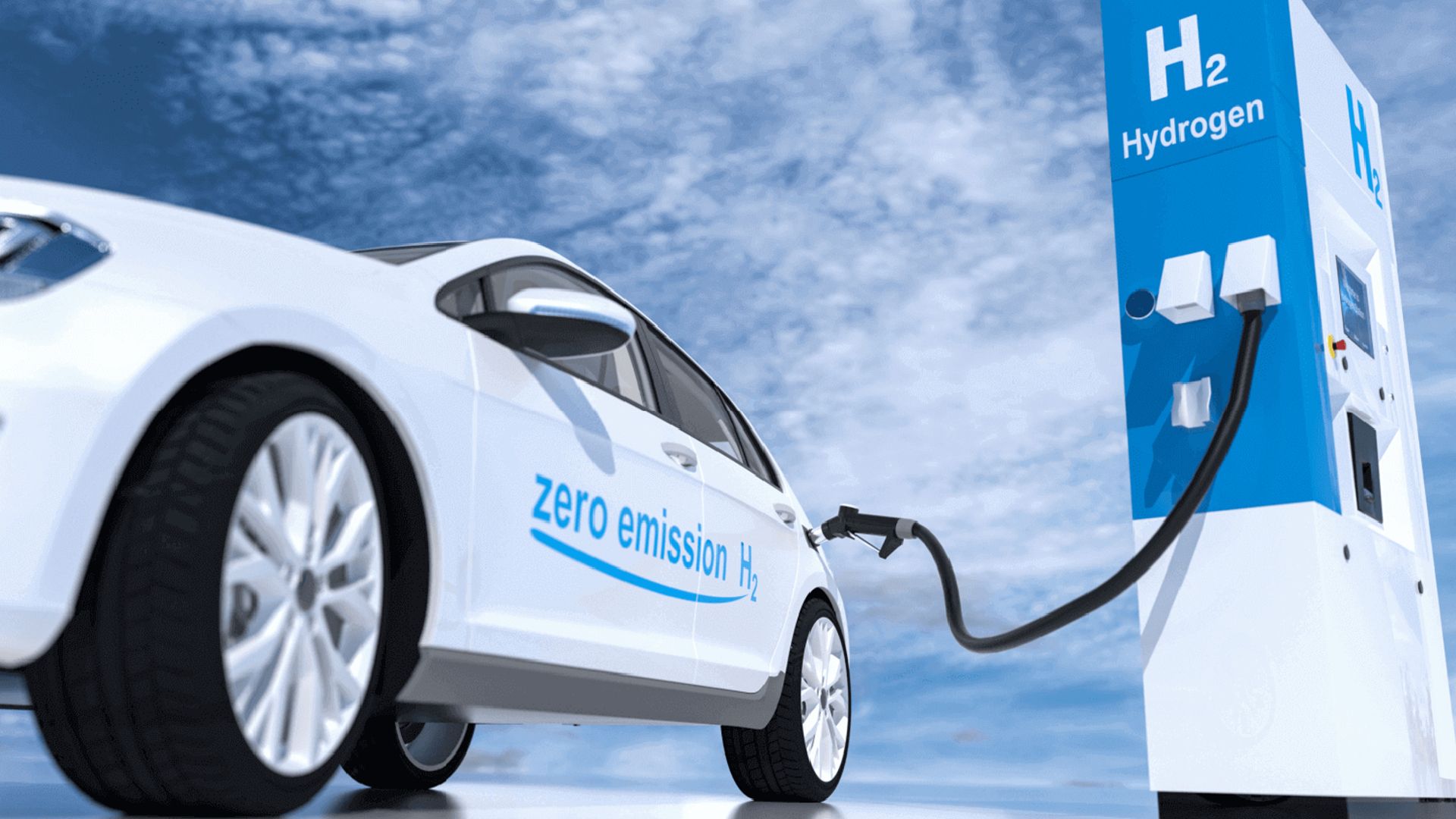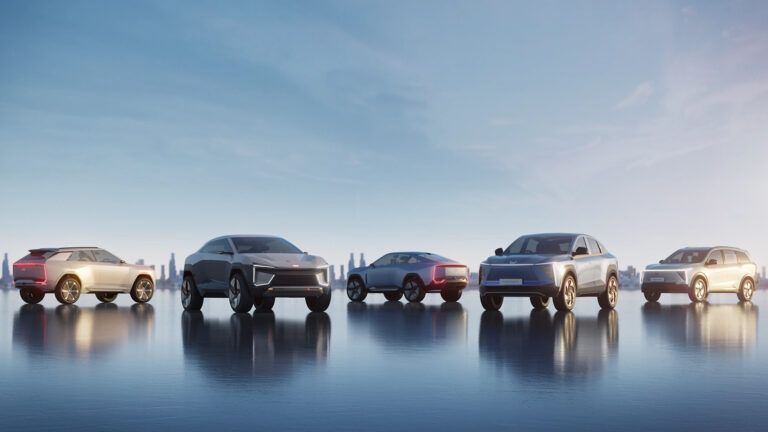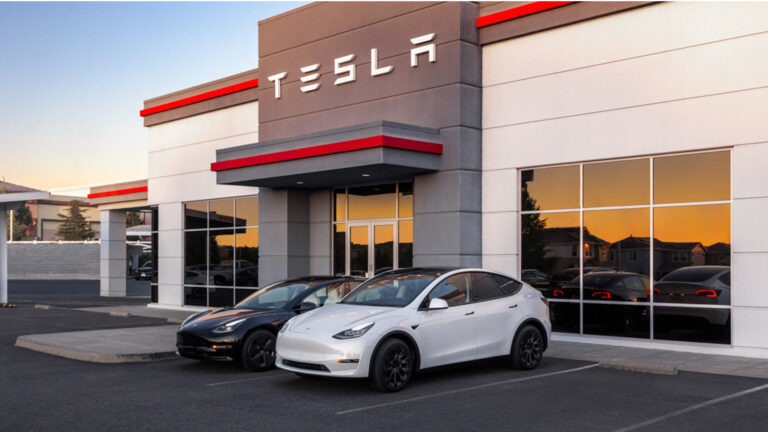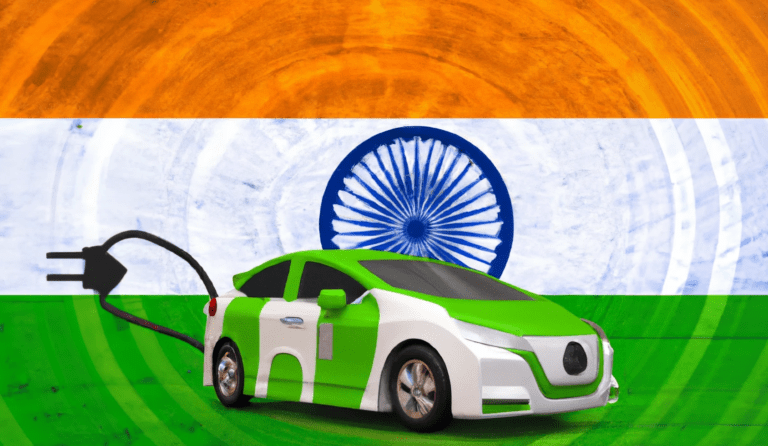India is a pivotal player in promoting hydrogen energy. It aims to generate a minimum of 5 million tonnes of pure hydrogen annually by 2030 and a projected 25 million tonnes by 2050 to power various sectors.
However, achieving these targets requires innovative solutions to modernize production methods and expand the application of green hydrogen.
During the Hydrogen Technology Expo held in Delhi, industry leaders discussed advanced technologies within the hydrogen and fuel cell sectors.
Nornickel, a Russian nickel and palladium mining and smelting company, exhibited its palladium-based developments to Indian experts. According to the company, their innovations can enhance the efficiency of green hydrogen production within the nation.
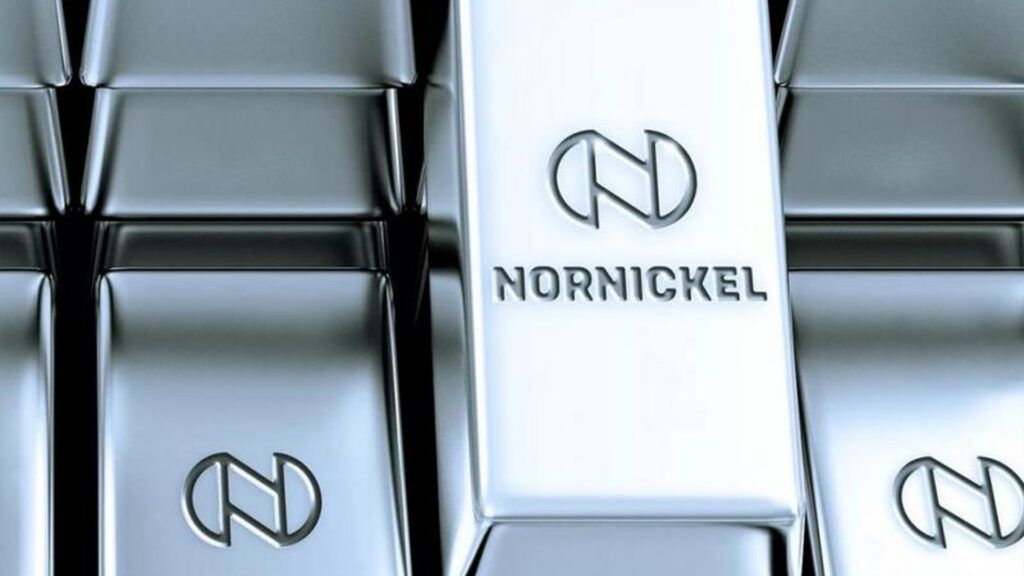
Palladium Solutions for Green Hydrogen
Nornickel is a leading provider of base and valuable metals essential for enhancing the usefulness of eco-friendly technologies.
During the Delhi event, representatives from the company discussed the outcomes of their experiments and the potential use of palladium products within the hydrogen sector, as per ANI press release.
Palladium can split a hydrogen molecule into atoms, which then pass through the metal and reunite into a molecule using the same palladium. Additionally, it remains unaffected by other gases, making its membranes valuable for generating pure hydrogen.
Nornickel’s palladium prototypes, having undergone successful testing in Russia, have demonstrated enhanced performance compared to current commercial counterparts.
The Russian company is open to collaborating with Indian enterprises engaged in hydrogen production and consumption to deploy palladium-based prototypes. As a result, it will improve productivity and broaden the adoption of green hydrogen in India.
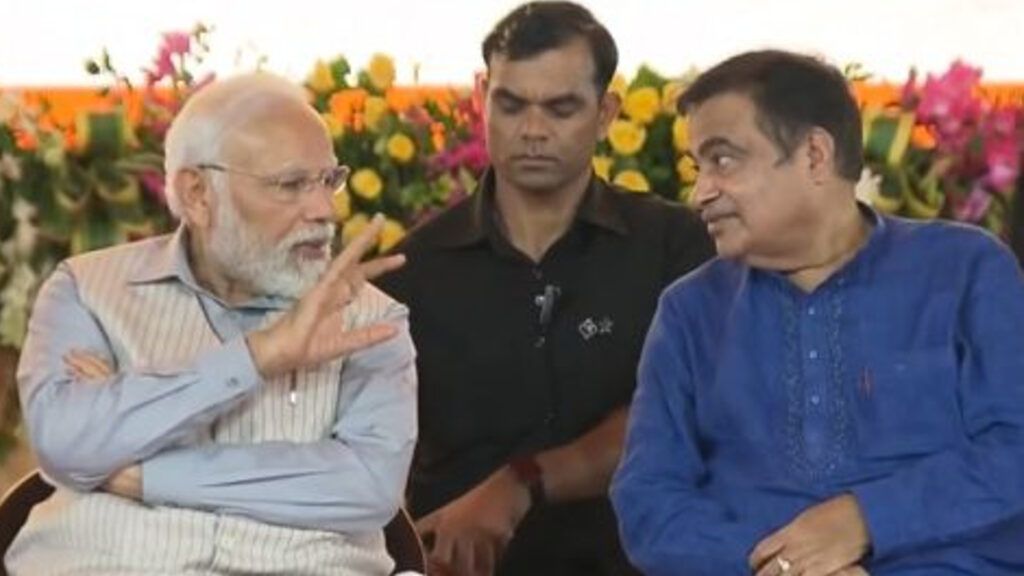
Push for Green Hydrogen in India
Union Minister Nitin Gadkari has been encouraging the adoption of alternative fuel-powered vehicles for a while now. Also, he has arrived at Parliament House in a Hydrogen-based Fuel Cell Electric Vehicle (FCEV). Moreover, Gadkari has emphasized the importance of green hydrogen and FCEV technology, highlighting their advantages in a hydrogen-based society in India.
Talking to the media reporter, the Union Minister said:
India will soon emerge as a significant exporter of Green Hydrogen. Aligned with Prime Minister Narendra Modi’s vision for clean and advanced mobility in the country, our government is dedicated to promoting green and clean energy through the ‘National Hydrogen Mission.’
In addition to producing green hydrogen, the government plans to establish refueling stations for this eco-friendly fuel. Given the continuous rise in gas and petroleum prices, India aims to prioritize alternative vehicles such as electric vehicles (EVs) and Hydrogen-based Fuel Cell Electric Vehicles (FCEVs).

